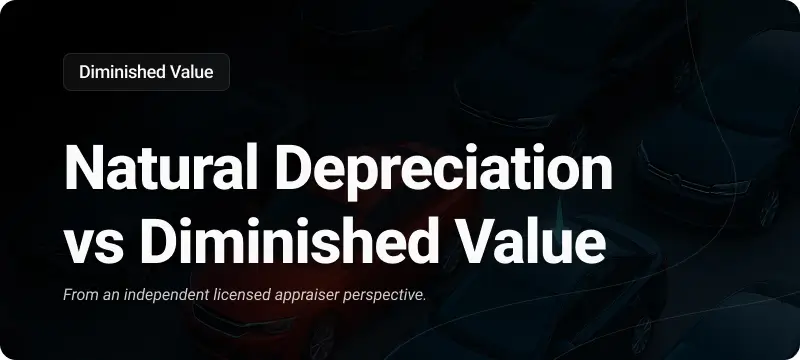The Digital Frontier: Exploring the Online F&I Sales Landscape
In the fast-evolving landscape of the automotive industry, the digital shift has been particularly pronounced in recent years. Dealerships and automotive companies have adapted to the changing times, and online sales have become a significant part of their operations.
One aspect of this transformation is the sale of finance-and-insurance (F&I) products online. While some dealerships have seen remarkable success, the industry remains divided on the role of F&I in the digital retail world.
The Impact of Online F&I Sales on the Auto Industry (PDF)

Online F&I: A Double-Edged Sword
A recent survey conducted by Protective Asset Protection, involving over 300 dealership executives, has shed light on the impact of online F&I sales. The findings revealed a divide within the industry, with 53 percent of respondents unsure about whether F&I products should be sold online. However, a remarkable 82 percent of those dealerships that had ventured into online F&I reported increased sales over the last year.
This data highlights the growing importance of online retail in the automotive industry. The COVID-19 pandemic accelerated the adoption of digital retail, and experts believe this trend is here to stay. Protective’s Senior Vice President, Rick Kurtz, emphasizes that online retail, including F&I, is destined to become more prominent, and the key lies in how dealerships leverage these digital tools to maintain a connection with their customers.
Playing Catch-Up
While online sales have become a focal point in the automotive industry, F&I has been somewhat slower to catch up. Nevertheless, more dealerships are making efforts to incorporate F&I products into their digital offerings. Approximately 58 percent of survey respondents identified offering F&I products online as a crucial factor in impacting F&I sales.
Challenges and Concerns
However, not everyone is convinced of the potential of online F&I sales. Some F&I desks are concerned that a decrease in face-to-face interactions could harm their bottom line. A portion of the surveyed executives (32 percent) expressed the belief that F&I should only be presented in person.
Additionally, 11 percent of respondents thought that selling F&I products online could decrease overall F&I sales.
One argument in favor of maintaining F&I offerings online is the creation of a “positive feedback loop” of trust and transparency. Customers appreciate transparency and clear information when shopping for vehicles and F&I products.
Offering detailed information about F&I products online can engender goodwill, making customers more likely to buy.
Meeting the Customer’s Needs
To effectively transition to digital F&I, it’s essential that dealerships mirror their in-store processes online. Customers should be able to expect the same level of service, information, and transparency whether they are shopping in a dealership or online. Digital tools should not replace the customer-centric approach but enhance it.
Ultimately, it’s the consumer who will dictate the direction of the automotive industry. Their preferences and purchasing habits will guide how dealerships adapt to the digital retail landscape.
Customers desire a seamless, informative, and transparent buying process, and dealerships must respond accordingly.
Digital F&I in Practice
Several dealerships are already implementing digital strategies for F&I. For instance, Dustin Gingerich, the finance director at Kokomo Auto World in Indiana, is working on creating a webpage that advertises F&I products to prepare customers for in-office conversations. This approach acknowledges the need for customers to gather information before making decisions.
The impact of online F&I sales in the automotive industry is undeniable. While some dealerships are reaping the rewards of embracing digital retail, challenges and concerns remain. Striking a balance between online convenience and in-person expertise is key.
By maintaining transparency, trust, and a customer-centric approach, the automotive industry can successfully navigate the evolving digital landscape, ensuring that F&I products continue to serve the needs of customers in this new era of auto retail.



